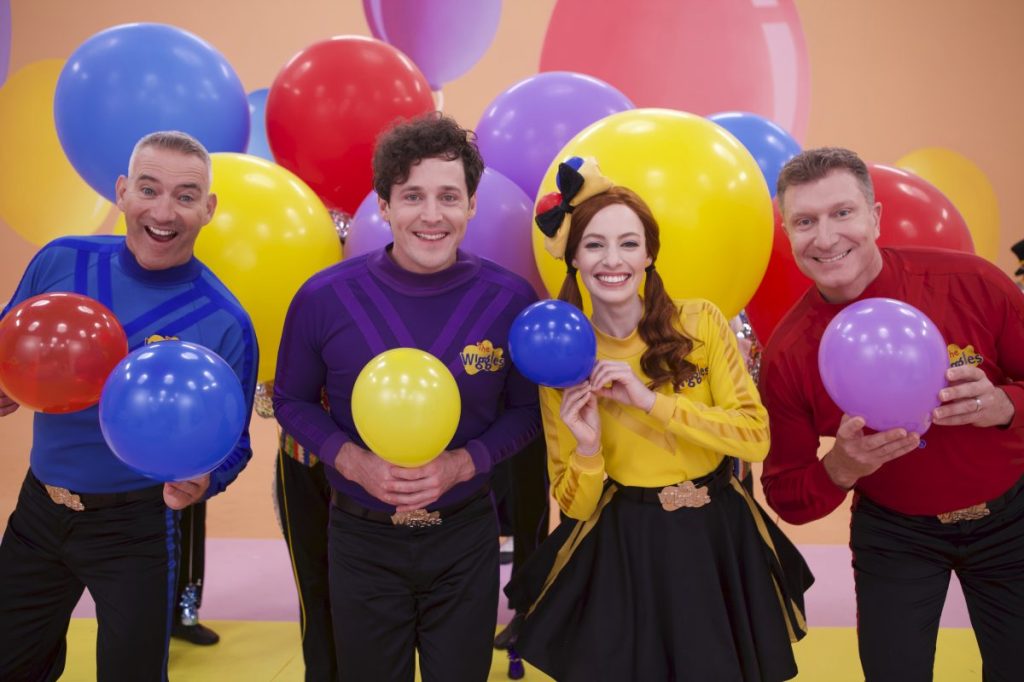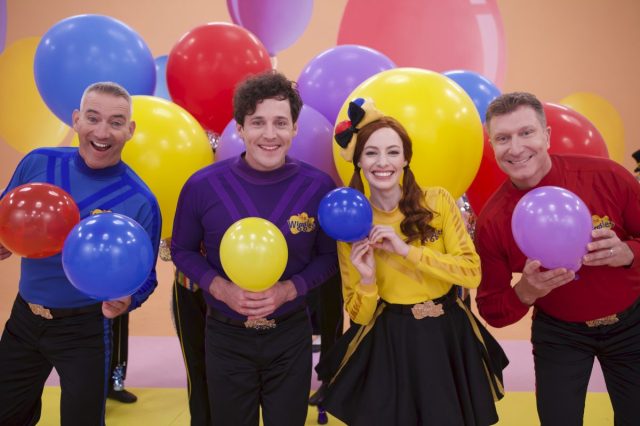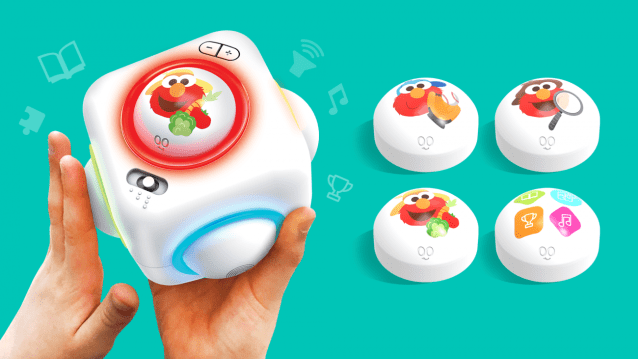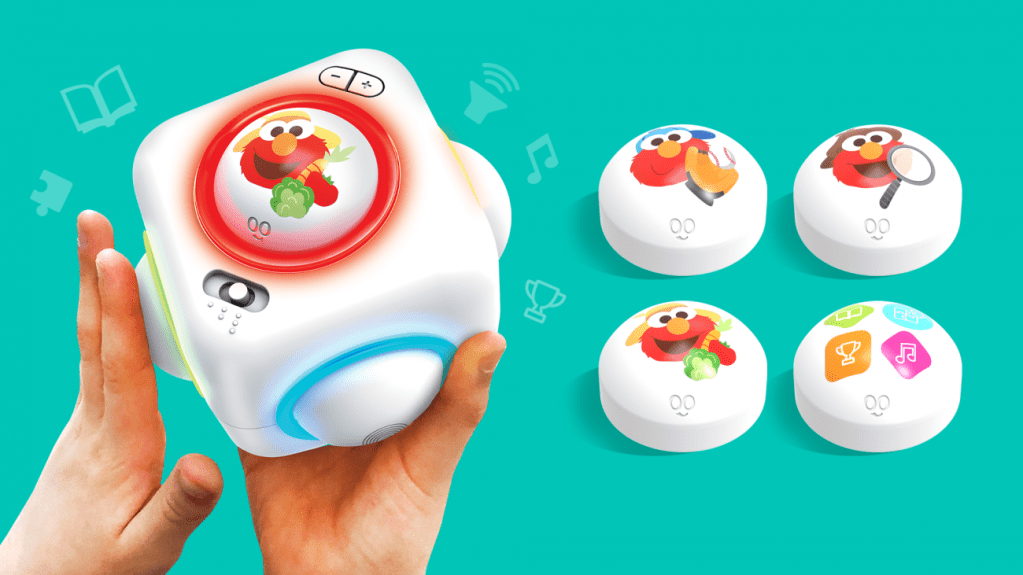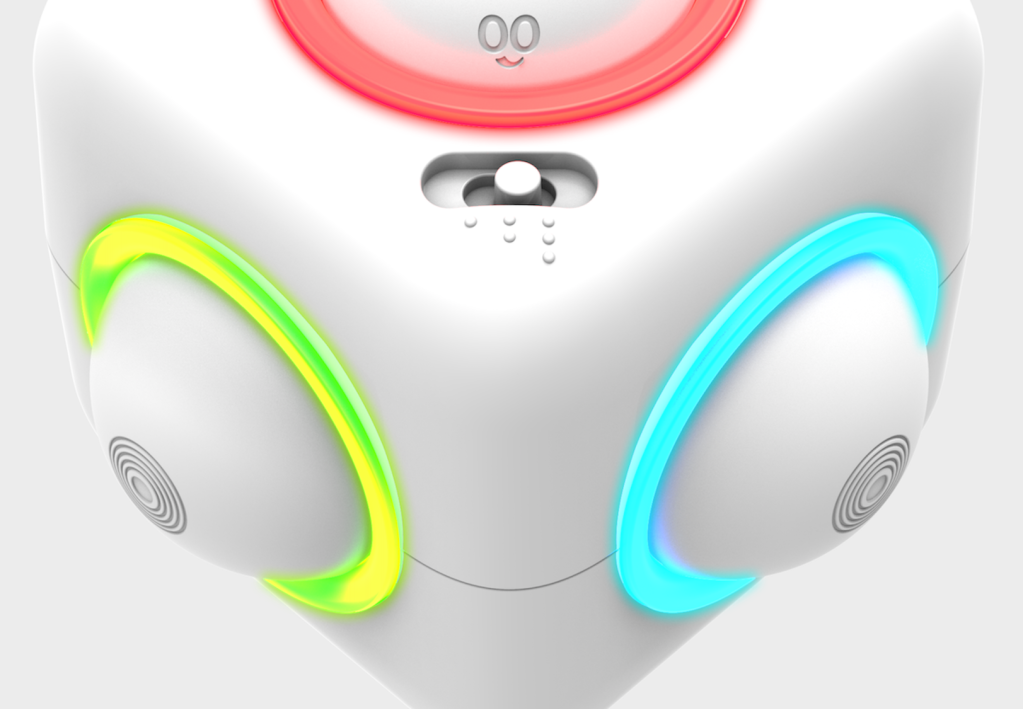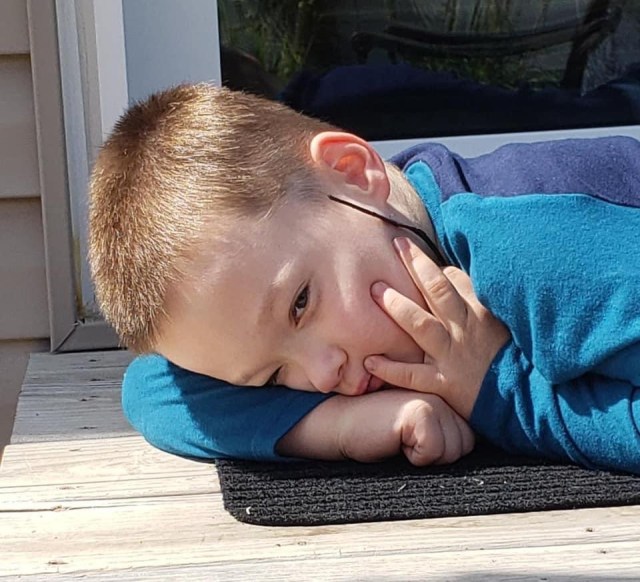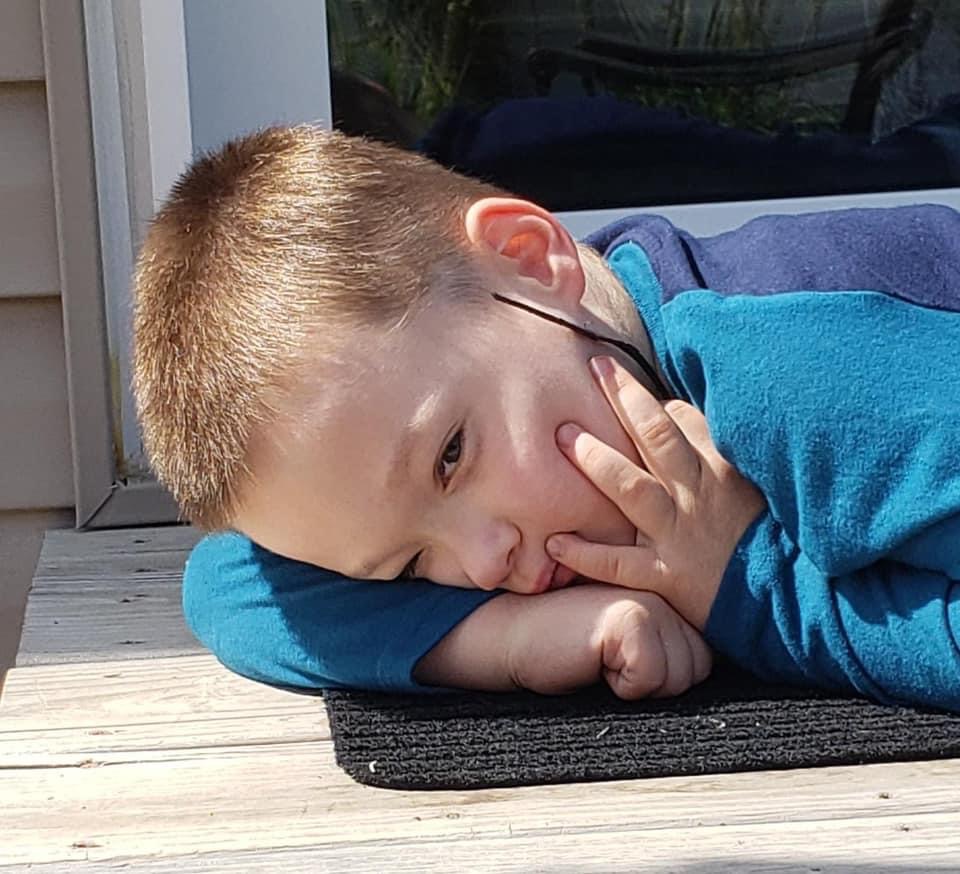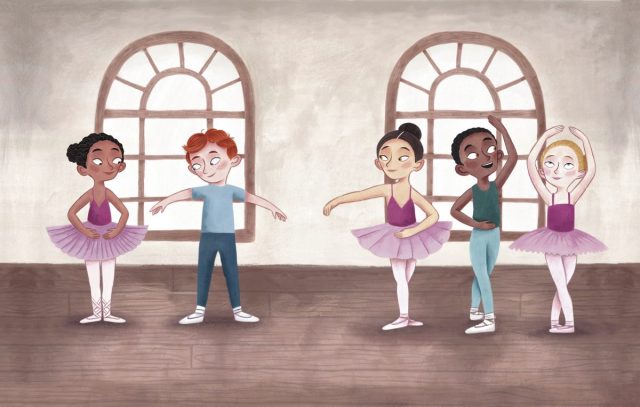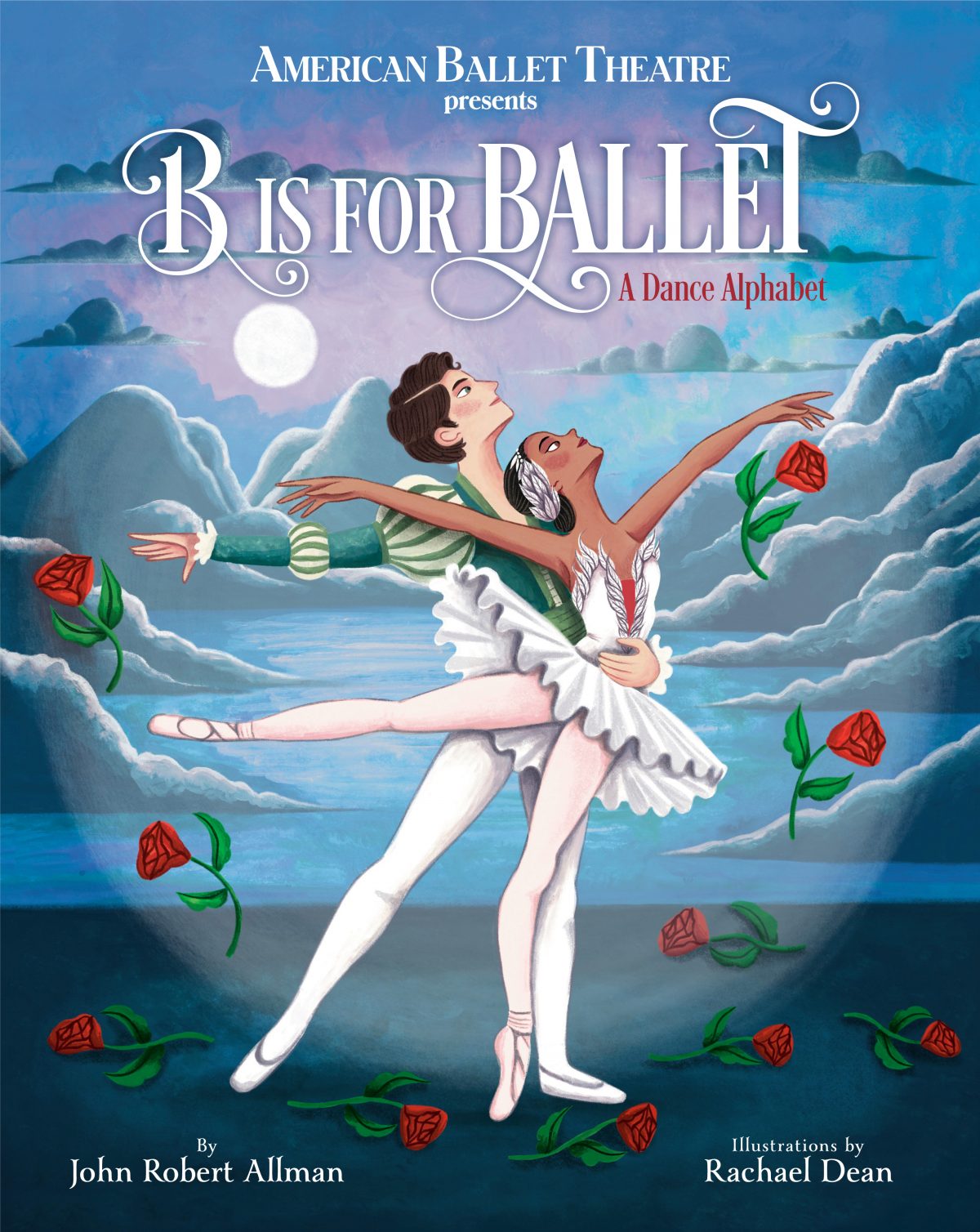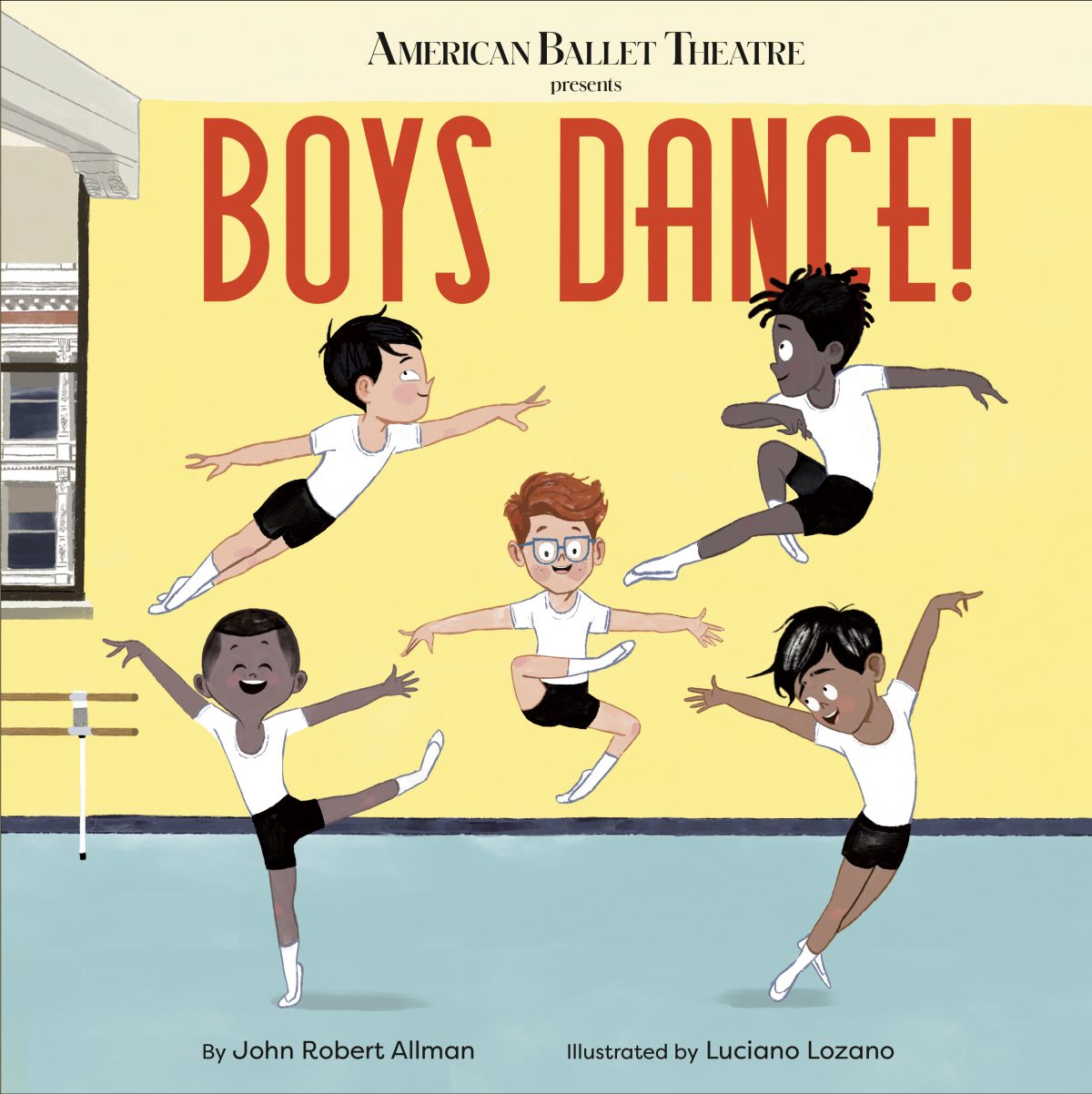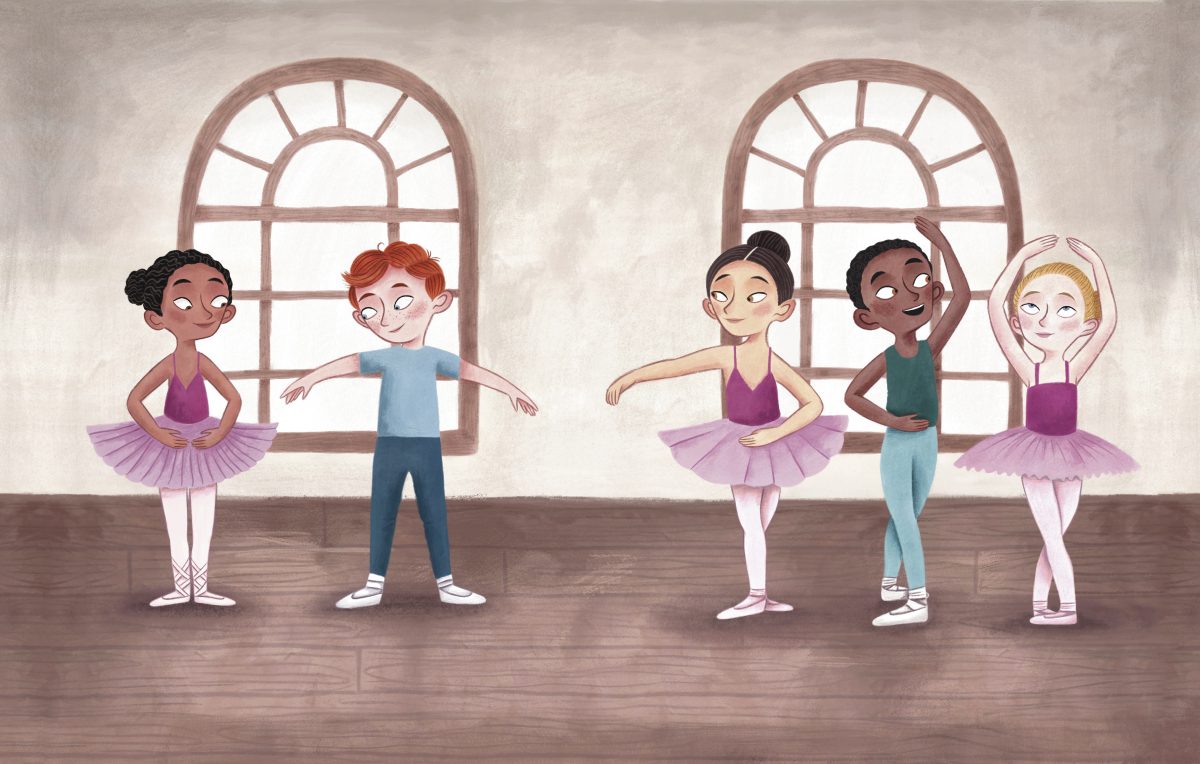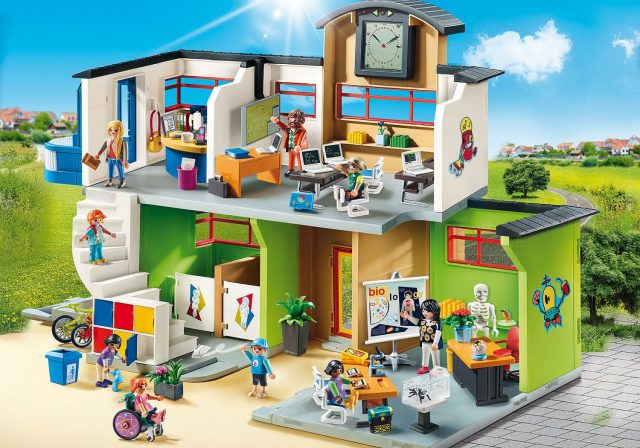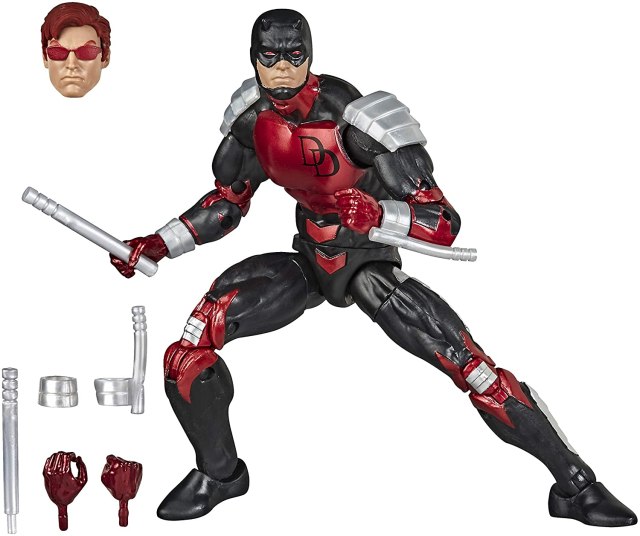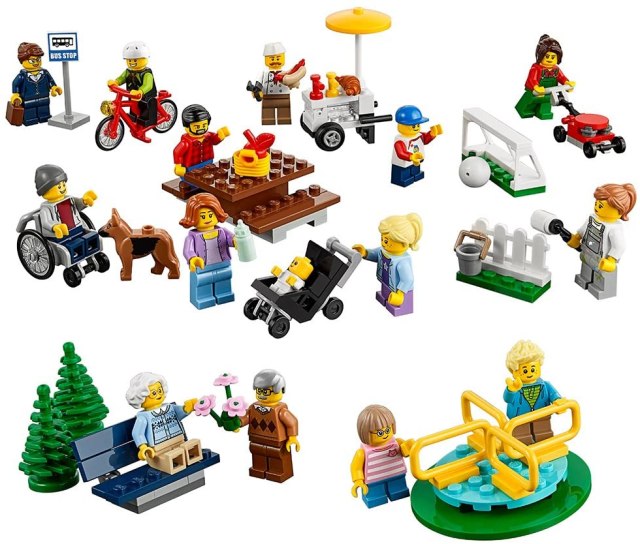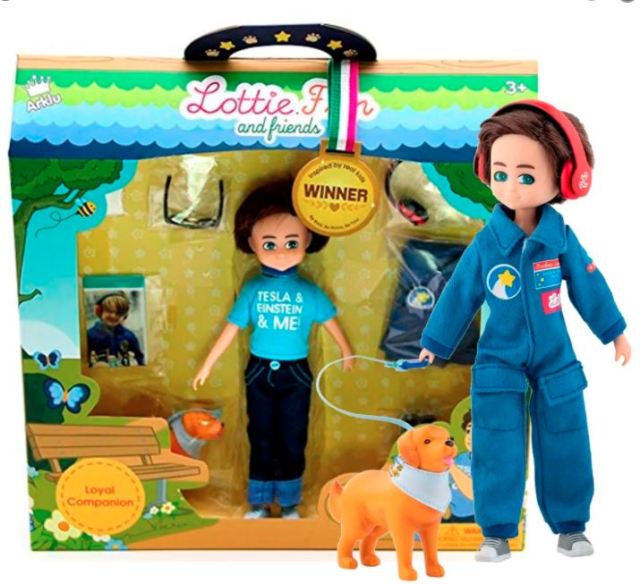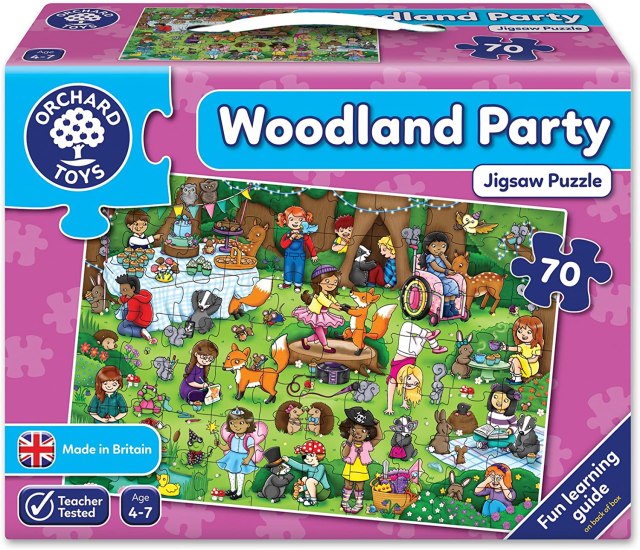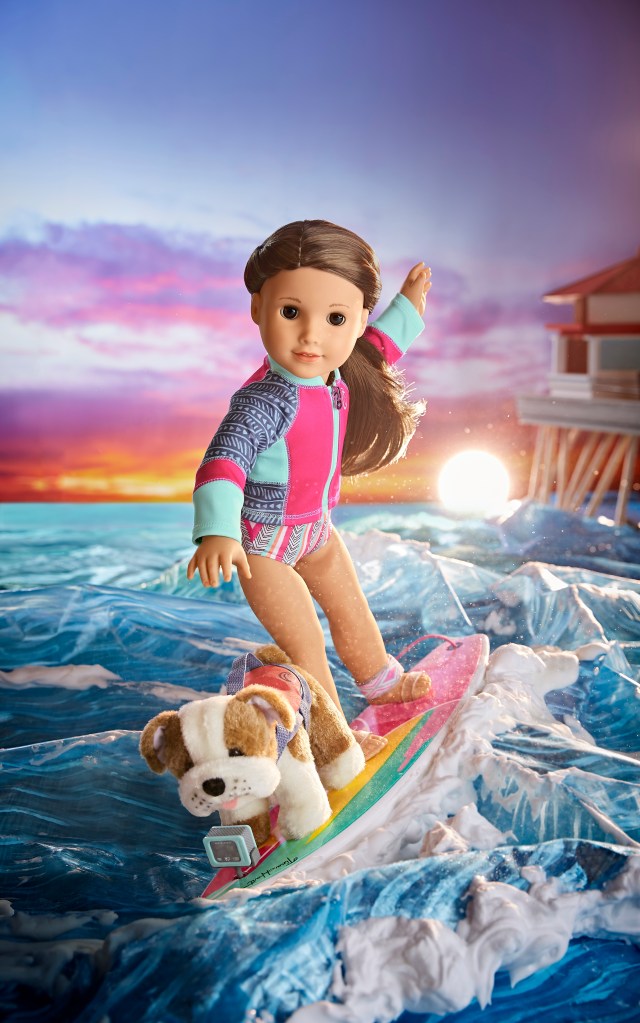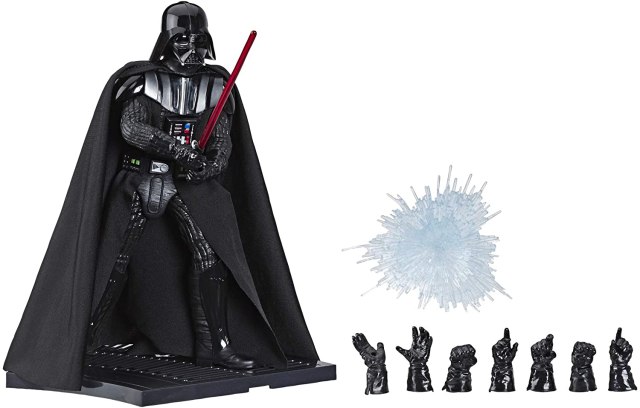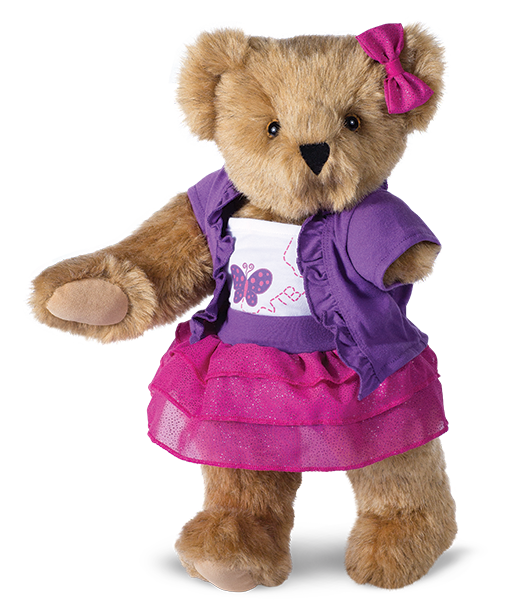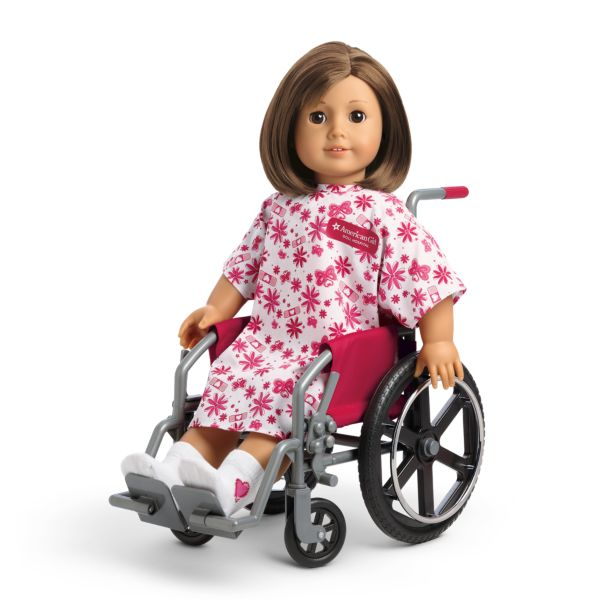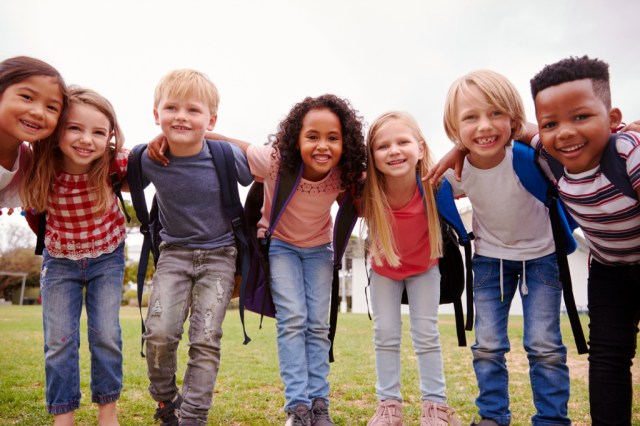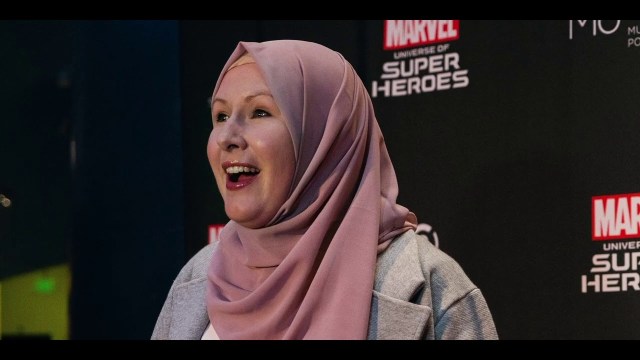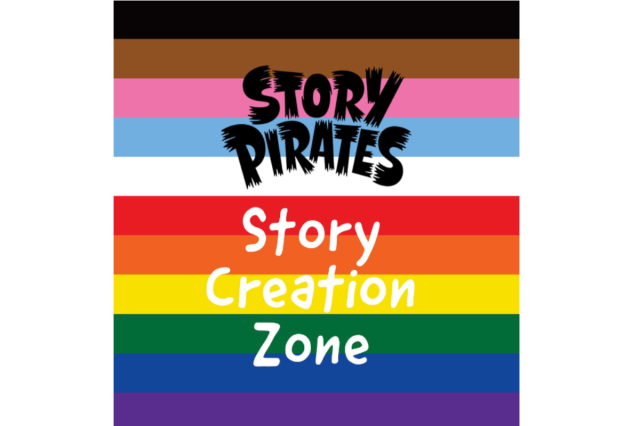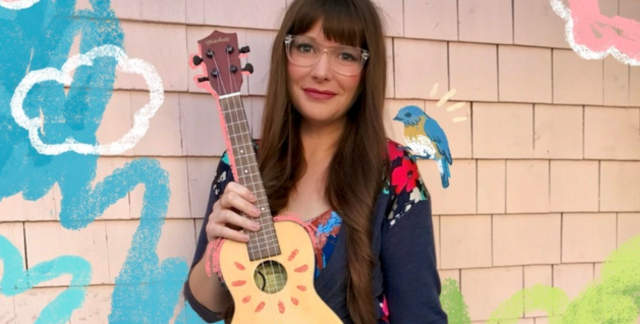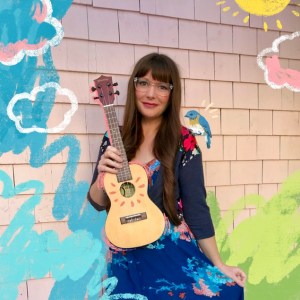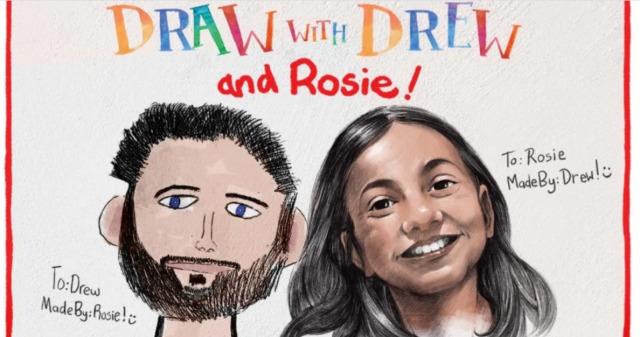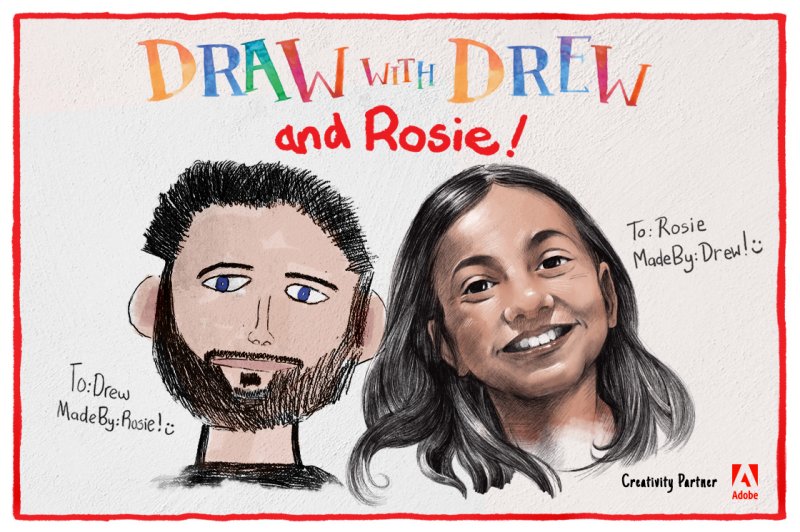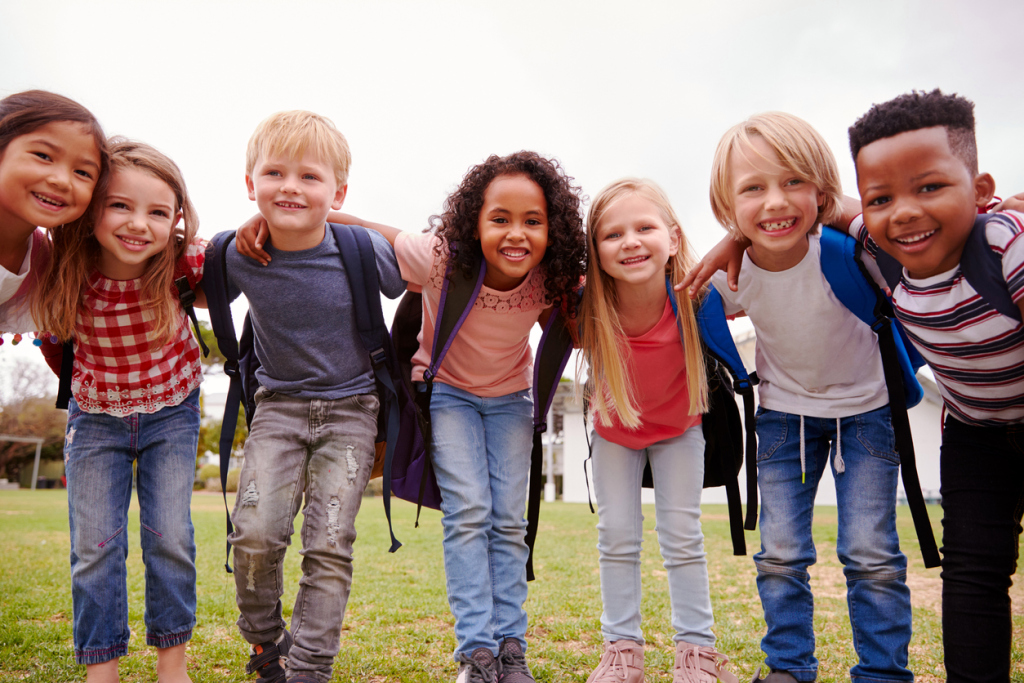
The importance of inclusivity has never been more prominent in our society, and it’s vital to instill values of kind practices in your child. No matter their age, it’s never too late or too early to start building a more inclusive life. Your child can grow up and become an informed member of a healthy functioning community, and you can guide them there.
Everyone has differences, and acknowledging and working with them is part of building a society where everyone feels welcome. As much as we’d like to think so, inclusion isn’t always an instinct. People often tend to gravitate toward those who remind them of themselves, but this doesn’t mean inclusivity isn’t a beneficial value worth teaching. In fact, it’s one of the most important ones out there.
1. Don’t Ignore Differences. It may be our first instinct to simply focus on how we’re all just humans. While this can encourage people to feel more like a unit, ignoring differences in religion, race, ability level and other markers of identity can make people feel like they’re not being seen. This isn’t inclusion. In fact, ignoring the needs and experiences of others that aren’t like you can prevent them from accessing the consideration, care, and accessibility measures they need on a larger scale.
Equality requires more critical thought than deciding to treat everyone the same and be done with it. People have different needs and experiences. Acceptance is about learning about one another’s cultures and not ignoring them. It’s about offering the religious accommodations people need, striving for accessibility, and listening to others when they request accommodations.
To open your kids to this, talk honestly and openly about differences. Answer questions and learn together so they can grow into members of a thriving, diverse community.
2. Find Common Ground. It’s vital to acknowledge and learn about our differences, of course, but it can also be important to find similarities and common ground. It’s all about balance. For kids, fun activities and play are great ways to bring people together and achieve a natural flow of commonalities. Interacting with children in their circle can go a long way. Putting them in environments that are inclusive of everyone and advocating for the presence of those spaces can help achieve this.
Inclusive playgrounds, classes, libraries, and parks are fantastic places to take your child and their friends. Finding environments that offer multiple levels of play, group activities for everyone, and adequate space for those who require it can encourage children to feel comfortable and at ease there. Pushing for those qualities in new or existing areas can also help.
3. Use Content to Educate. The power of books, stories, and film can go a long way. What a child experiences in the media they consume will help shape their view of the world, so it’s important to expose them to a variety of things. If all they see are people who look just like them, that’s what the world will always seem like. In the early years, seeing a spectrum of different people can help shape your child’s worldview for the better.
Watching shows and movies with diverse casts is a great place to start. You can also turn to the power of reading. There is a wide array of inclusive books for kids of all ages. While this isn’t the only important part of raising your child in the spirit of inclusivity, it’s definitely a good practice.
4. Model Inclusivity in Your Own Life. Children observe what their parents are doing. They want to be like mom and dad, which is why it’s especially important to lead by setting an example. Modeling inclusivity by participating in circles and environments with people of all walks of life can set a good example for your child and establish a precedent for their sense of normal. When you have a wide circle of friends who accommodate one another, your child will see that and run with it.
5. Encourage Advocacy. One big part of raising your child with the spirit of inclusivity is encouraging them to stand up for those who need it. This is what good citizenship and friendship are all about—being there for others and helping them meet their needs. Teach them that standing up for others can be hard at times, but it’s worse to be targeted unfairly for something you can’t change. Standing up for others is part of being in a community, whether it’s their playground, friend group, or school.
Raising a child to be inclusive often requires thought and intention. A little effort on your part will go a long way. They will grow up to be a more engaged citizen, a well-rounded person, a better friend, and a compassionate future member of society.
Jennifer Landis is a mom, wife, freelance writer, and blogger. She enjoys long naps on the couch, sneaking spoonfuls of peanut butter when her kid's not looking, and binge watching Doctor Who while her kid's asleep. She really does like her kid, though, she promises. Find her on Twitter @JenniferELandis.
